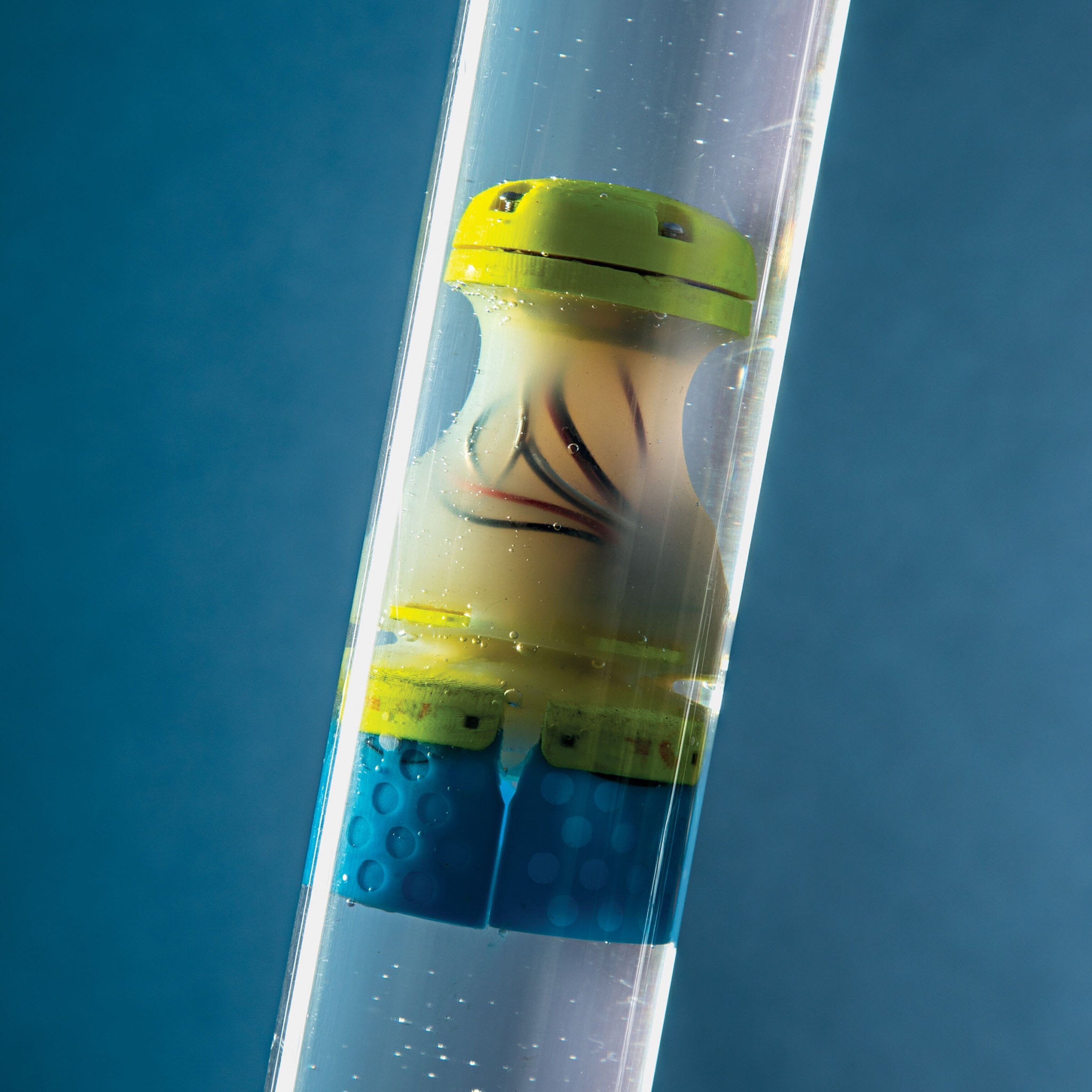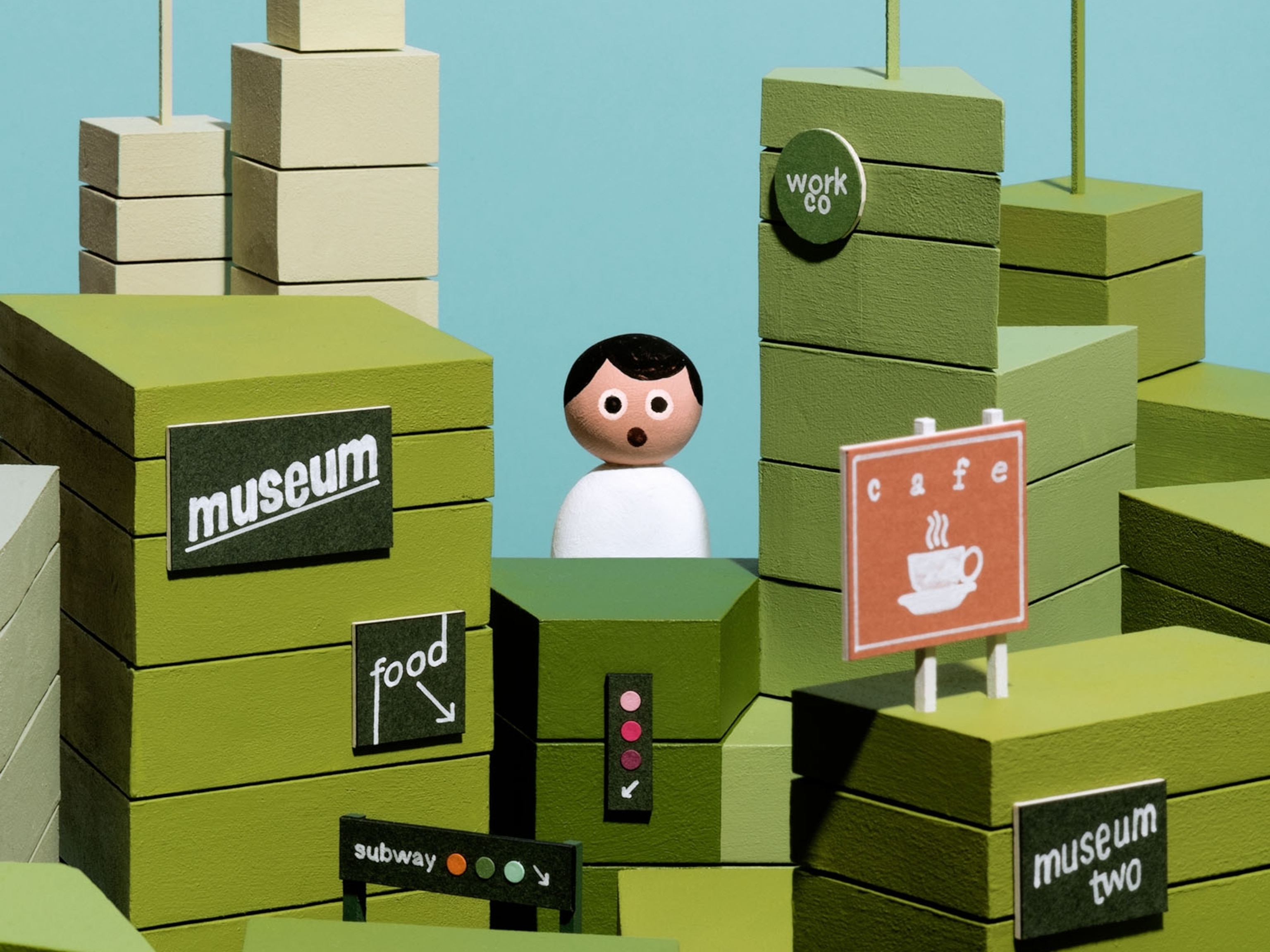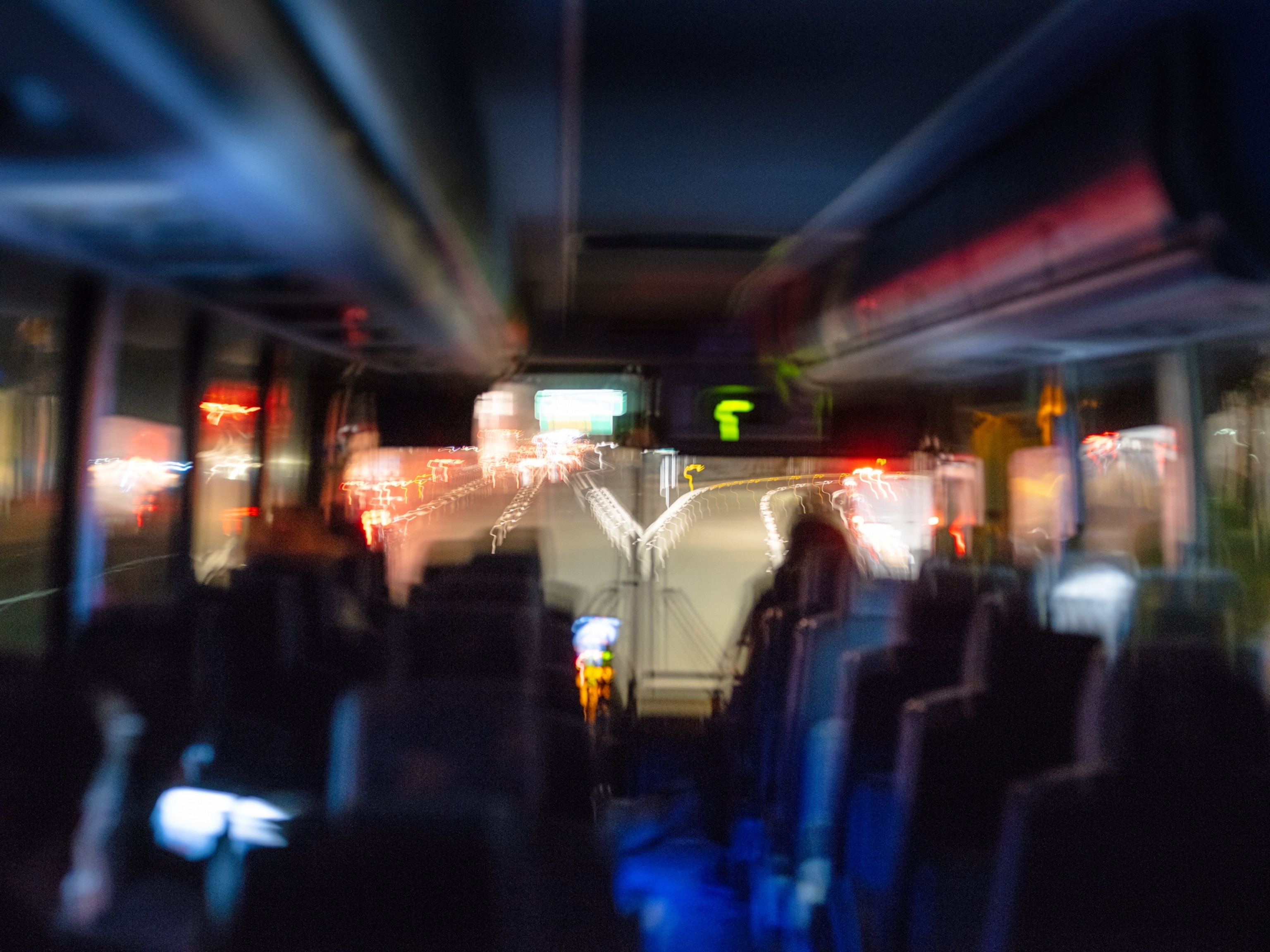
How pigeons landed in cities, and more breakthroughs
With skyscraper ledges to nest on and humans dropping food, pigeons flocked to New York City, home to more than a million of the birds.
This tiny pigeon is a New York City native—but his ancestors were not. According to the New York Public Library, Europeans brought pigeons to U.S. shores, probably in the 1600s, to raise as food or as a hobby. Some pigeons escaped and made their way to cities, where the ledges of tall buildings were as hospitable for nesting as the cliffs of their wild homes. Unlike bird species with specialized diets, pigeons can thrive on almost anything, including humans’ litter and leftovers. Small wonder that the world pigeon population is estimated at 400 million, with more than a million—and perhaps as many as seven million—of those in New York City. —Patricia Edmonds
(See why these pigeons wear elaborate sweaters.)

Inspector robot
Twenty to 30 percent of the world’s urban water supply is lost to leaks each year. “In many cities, we don’t even know where the pipes are,” says You Wu of WatchTower Robotics. As an MIT student, Wu developed a squishy, shuttlecock-shaped robot that, when dropped into a water system, records the location of fractures. The next step? “A robot that can not only detect leaks but also repair them,” says Wu. —Kristin Romey

Everything’s up-to-date in Kansas City
The streetcar system in Kansas City, Missouri, was once one of the most robust in the country. In 2016, 59 years after it ceased service, a new incarnation got on track, with smart technology playing a key role. The sleek new streetcars have notched more than five million free rides in their first two and a half years, and an extension to the 2.2-mile starter line is already in the works.
Digital kiosks along the line display local attractions, take visitors’ pictures, and measure air quality. Responsive traffic lights have reduced vehicle transit time along the route by an average of 36 seconds, which cuts down on greenhouse gas emissions by lowering the time cars idle at red lights. The city has also used data collected by sensors on streetlights to predict where potholes will form. Kansas City Chief Innovation Officer Bob Bennett says a successful smart city exists without most people noticing: “Things just work like they ought to work.” —Lisa Rodriguez
(Discover our best trips of 2019—including Kansas City.)

New way to keep city water clean
Some sea anemones extend their tentacles to catch a meal. At other times, they retract them. Researchers looking to simplify water treatment took this ability to change shape as inspiration for a new type of nanocoagulant. When added to water, the nanocoagulant exposes its core, which interacts with unwanted chemicals such as nitrate and other aquatic contaminants. Its shell causes particles to clump together and settle to the bottom. —Douglas Main

Copenhagen’s mountain of energy
With its flat landscape, Copenhagen is an unlikely ski destination. But a novel project called Copenhill aims to pair recreation with renewable energy. Copenhill is a massive facility on the city’s industrial waterfront that converts trash to electricity, providing power for 30,000 homes and heat for more than twice that number. Its sloping, 1,247-foot-long roof looks like it was made for skiing—because it is. The new structure will eventually include an urban ski park, a climbing wall, and a café with sweeping city views.
The plant is 25 percent more efficient than the previous waste-incineration facility and will capture its carbon dioxide emissions, in line with Denmark’s ambitious goal to become carbon-neutral by 2050. The idea of burning garbage has its critics, who say waste-to-energy plants merely reinforce wasteful consumerism. But in 2018 Copenhill processed almost 500,000 tons of garbage. That’s better than filling up landfills, which are potent sources of methane—a greenhouse gas that can ruin the prospect of anyone’s powder day. —Christina Nunez

Drones for urban tasks
The number of commercial drones may quadruple in U.S. skies by 2022. In cities, the uncrewed aircraft may be used to manage urban habitat, lug freight, and inspect buildings—but data they collect could be vulnerable to hacking.
—Rachel Brown
(See the surprising ways drones are saving lives.)

Edible waste
Researchers at Russia’s Samara State Technical University have created cups out of pureed fruits and vegetables. Shaped using a plasticizer, the all-natural dishware is durable enough to contain boiling water—and you can eat it (it tastes like the original produce). While the project was initially aimed at reducing food-packaging waste for astronauts, it would be a useful addition to city kitchens—or any place seeking to reduce landfills. —Becky Davis
Go Further
Animals
- Octopuses have a lot of secrets. Can you guess 8 of them?
- Animals
- Feature
Octopuses have a lot of secrets. Can you guess 8 of them? - This biologist and her rescue dog help protect bears in the AndesThis biologist and her rescue dog help protect bears in the Andes
- An octopus invited this writer into her tank—and her secret worldAn octopus invited this writer into her tank—and her secret world
- Peace-loving bonobos are more aggressive than we thoughtPeace-loving bonobos are more aggressive than we thought
Environment
- Listen to 30 years of climate change transformed into haunting musicListen to 30 years of climate change transformed into haunting music
- This ancient society tried to stop El Niño—with child sacrificeThis ancient society tried to stop El Niño—with child sacrifice
- U.S. plans to clean its drinking water. What does that mean?U.S. plans to clean its drinking water. What does that mean?
- Food systems: supporting the triangle of food security, Video Story
- Paid Content
Food systems: supporting the triangle of food security - Will we ever solve the mystery of the Mima mounds?Will we ever solve the mystery of the Mima mounds?
History & Culture
- Strange clues in a Maya temple reveal a fiery political dramaStrange clues in a Maya temple reveal a fiery political drama
- How technology is revealing secrets in these ancient scrollsHow technology is revealing secrets in these ancient scrolls
- Pilgrimages aren’t just spiritual anymore. They’re a workout.Pilgrimages aren’t just spiritual anymore. They’re a workout.
- This ancient society tried to stop El Niño—with child sacrificeThis ancient society tried to stop El Niño—with child sacrifice
- This ancient cure was just revived in a lab. Does it work?This ancient cure was just revived in a lab. Does it work?
Science
- The unexpected health benefits of Ozempic and MounjaroThe unexpected health benefits of Ozempic and Mounjaro
- Do you have an inner monologue? Here’s what it reveals about you.Do you have an inner monologue? Here’s what it reveals about you.
- Jupiter’s volcanic moon Io has been erupting for billions of yearsJupiter’s volcanic moon Io has been erupting for billions of years
- This 80-foot-long sea monster was the killer whale of its timeThis 80-foot-long sea monster was the killer whale of its time
Travel
- Spend a night at the museum at these 7 spots around the worldSpend a night at the museum at these 7 spots around the world
- How nanobreweries are shaking up Portland's beer sceneHow nanobreweries are shaking up Portland's beer scene
- How to plan an epic summer trip to a national parkHow to plan an epic summer trip to a national park
- This town is the Alps' first European Capital of CultureThis town is the Alps' first European Capital of Culture



